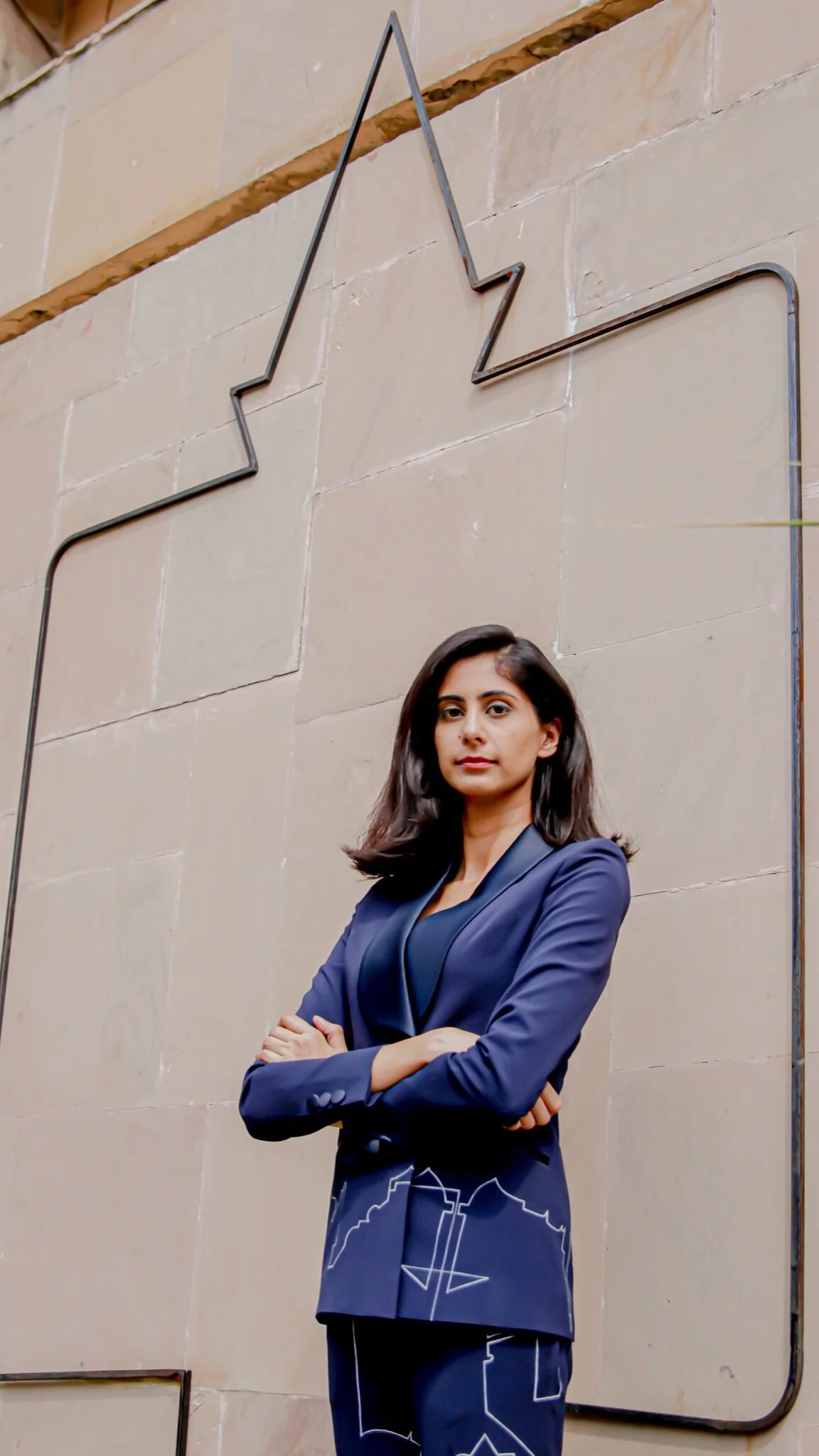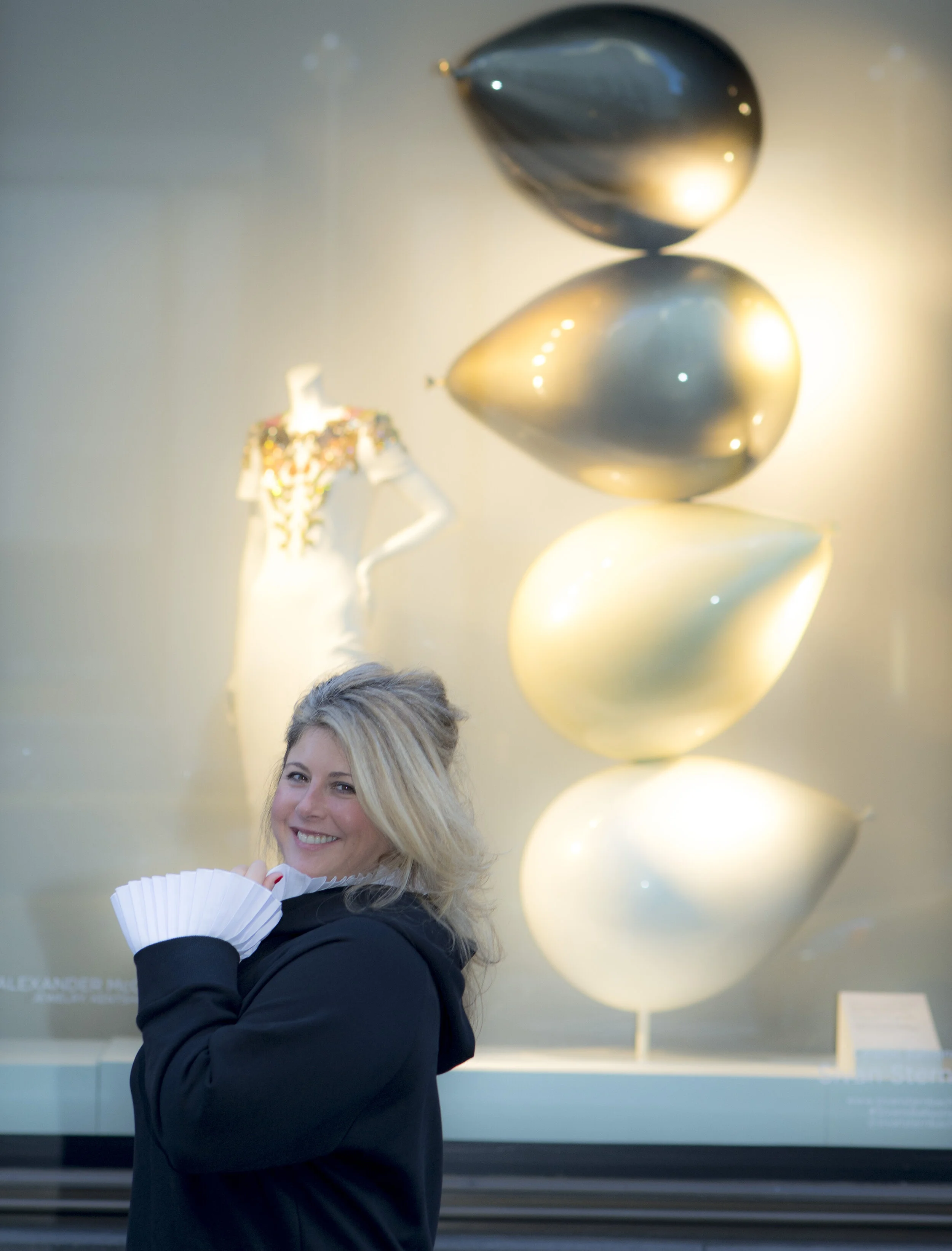Created to Create-Ayesha Singh on Making Art & Creating Opportunities for Collective Growth in the Art Community.
Cultivated, outspoken and guaranteed to catch your attention: Ayesha Singh, is one of India’s young and upcoming yet widely celebrated female contemporary artists. Drawing from her interest In architecture, history, politics and culture, her spectacular sculptures have brought her global recognition and have been shown at such diverse locations as the Sculpture Park Jaipur, India, the Yorkshire Sculpture Park, UK, the Hyde Park Art Centre, USA and Casa de Dona Gisele, Brazil.
The Delhi-based artist talks to Terrene about her practice, her influences, and how she prefers collective growth rather than competitive individualistic progress.
Describe your path to becoming an artist.
As a child, I used to draw on the walls of my house. My grandfather encouraged this, which meant that if you entered my home in the early 90’s you would find crayon drawings up to 4 feet height, everywhere. From the age of six I have trained in drawing and painting, and in school I began experimenting with various non-traditional materials. Taking the plunge to do art in university was a big decision for me, after that I knew I will be diving into the deep end, that was it.
Formal education in your field is something that seems to be very important to you. You have completed your MFA in Sculpture at the School of the Art Institute of Chicago; a BFA from the Slade School of Fine Art (2013); and also earnt a Fine Art Diploma from Chelsea College of Art and Design, University of the Arts London. How important do you think it is for an artist today to have a formal degree?
I know lot of practitioners who have done their MFA’s and many who haven’t studied art at all, and they all have thought-provoking strong practices. There are many people who come into the arts from other avenues either early on, or years after they have been a part of another industry. I do not think it is that important to have a formal degree in the arts, however, it is important to read and keep yourself informed.
You’ve traveled around the world for work. What are some of your most rewarding and memorable professional experiences abroad?
The first would be a show I participated in 2017, titled ‘Occasional Geometries’ curated by Rana Begum, at the Yorkshire Sculpture Park in the UK. I was in my second semester at SAIC at the time and the school had given me a Deans Professional Development Award that part-funded the travel. It was a huge honor to have my work included in the exhibition and such a pleasure to meet and show work alongside artists such as Rasheed Araeen and Mona Hatoum, whose practices and writings I had been following for years. The second was last year in Miami, my collaborator Misael Soto and I received a grant from Oolite Arts for an outdoor installation titled “Provisional Obstruction”. It was installed and displayed for a month last year, through Basel-week in the city, and that project has been a big learning experience.
You seem to be doing so much. What does a typical day look like for you?
When I have a project coming up there is no difference between night and day. I can spend from 8 am to 3 am in my studio. I usually take it easy after lunch or watch a show during dinner to unwind.
Did you or do you have a mentor and how did they help you?
I have been lucky to have multiple mentors who have helped me in different ways. As an artist, you are researching, conceptualizing, sourcing materials and creating the work; as well as taking care of your own accounts, taxes, enquiries, inventory, expenses, editions, signing contracts, certificates- there is a lot of administrative work required. When a journalist writes about your work they are usually going to use text that you provide, as do galleries when they put up information about your practice- so the ability to write and articulate your thoughts becomes important. As a result, I have received guidance from various people including artists, curators, gallerists, patrons and teachers (each equally important) who have guided me.
Are there any artists that have influenced you and your work?
Over the years I have looked at many artists' works such as Bani Abidi and Michael Rakowitz. At the moment, I am most inspired by the people around me. They are friends whose work I learn a lot from- such as Amay Kataria, Cat Bluemke and Misael Soto.
As an Indian Contemporary artist with global exposure, what you believe Indian Contemporary Art has to offer that is unique in today’s market?
Our story.
So often in our society and especially in this region at large, people are discouraged from creative work because they’re told it doesn’t pay or at least not steadily. It's apt that you started a movement like Art Chain India. Tell our readers a little about the initiative and explain how you aim to garner momentum.
Purvai Rai and I started a space where artists can look for and receive peer-support called Art Chain India, with assistance from Pranati Kapur and Radha Mahendru, and daily conversations with Natasha Jeyasingh from CarpeArte and Subhash Bhatoria from Krida legal; and through guidance from many curators, artists, art managers and people with various practices within the visual arts. The Art Chain is an initiative to assist and encourage the development of community and a movement that seeks to exist beyond the uncertainties of today, relying on artists and our peers to create, collaborate, and connect with varied and new audiences.
Our first initiative was to respond to the need of the moment. At a time like this, of a global pandemic, many art practitioners have found themselves without work, while exhibitions are postponed indefinitely and many cancelled, sales have reduced massively, in fact it has come to a standstill for many. As a nod to the @artistsupportpledge in multiple countries, we decided to localize our efforts in hopes to alleviate the pressures with a sense of urgency.
At the moment we have started with a peer-support endeavor that focuses on monetary stability. The guidelines ask artists to post their own works (available for or under 10,000 rupees) on their own profiles on Instagram but under our hashtag, #Artchainindia. Every time they make 50,000 rupees from these sales, they have to spend 10,000 out of that to buy another artist’s work from the #ArtChainIndia hashtag. Thereby supporting another peer’s practice. We have been live for 70 days (as of early July 2020). The first work that sold was on the first day we went live, which gave us a lot of hope. Till date, artists have sold close to 370 works and there are over 6000 works posted by artists that show up under the #ArtChainIndia hashtag. Artists have collectively made over INR 25,00,000 through this initiative. What that tells us is that it is indeed something artists need right now, an independent marketplace and resource.
Over the last few weeks we also realized that there is a huge information gap between artists who are just starting out or who may not have trained professionally, to artists who have been working with galleries for a while. This is with things such as certificate of authenticity and other processes that artists who are selling commercially need to know. Another was that there are various local and international opportunities being made available to artists in India at the moment, and we realized that there is a need for information and feedback for artists to best communicate their practices through their application materials. So, various practitioners who have been working in the arts for a while have come together to bring The Review Chain- this is a space under the Art Chain that is providing one-on-one reviews for artists. The Review Chain is also publishing resources and an exhaustive list of opportunities to provide easy access to structured and focused information that will benefit the practices of our peers.
It is clear you want to contribute to the creative community in some way that is bigger than just your own art. So our last question, what according to you are the responsibilities of an artist?
Many artists respond to context, intuition, experience, research and so on, not as a responsibility but as process, and the works become means for people and societies to collectively recall or revisit a certain time in history. We all have such diverse practices and paths. At the base of it all would be the need for artists to work together, share knowledge and allow language and ideas to grow- that is a responsibility we have towards each other. We need to create more opportunities for each other, for collective growth where each person within the community can further grow with one another, as opposed to competitive individualistic progress.
Words by Srishti Jindal

















